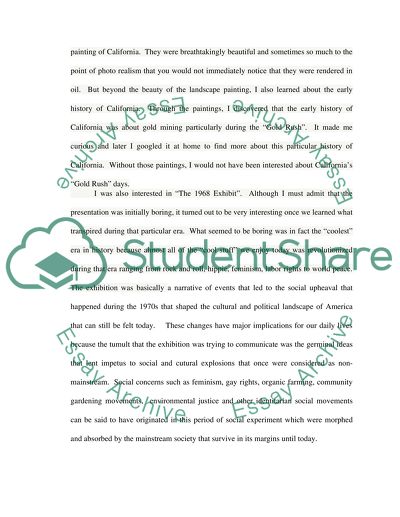Cite this document
(“Imperessions and Analysis of the Exhibitions Visited Essay”, n.d.)
Imperessions and Analysis of the Exhibitions Visited Essay. Retrieved from https://studentshare.org/history/1453357-history-of-american-multicultural-arts
Imperessions and Analysis of the Exhibitions Visited Essay. Retrieved from https://studentshare.org/history/1453357-history-of-american-multicultural-arts
(Imperessions and Analysis of the Exhibitions Visited Essay)
Imperessions and Analysis of the Exhibitions Visited Essay. https://studentshare.org/history/1453357-history-of-american-multicultural-arts.
Imperessions and Analysis of the Exhibitions Visited Essay. https://studentshare.org/history/1453357-history-of-american-multicultural-arts.
“Imperessions and Analysis of the Exhibitions Visited Essay”, n.d. https://studentshare.org/history/1453357-history-of-american-multicultural-arts.


